Iranian Ship Linked to Houthi Attacks Heads Home Amid Tensions
(Bloomberg) — An Iranian ship that’s been linked to Houthi attacks in the Red Sea is returning home, removing a prominent asset in the area as the Islamic Republic braces...
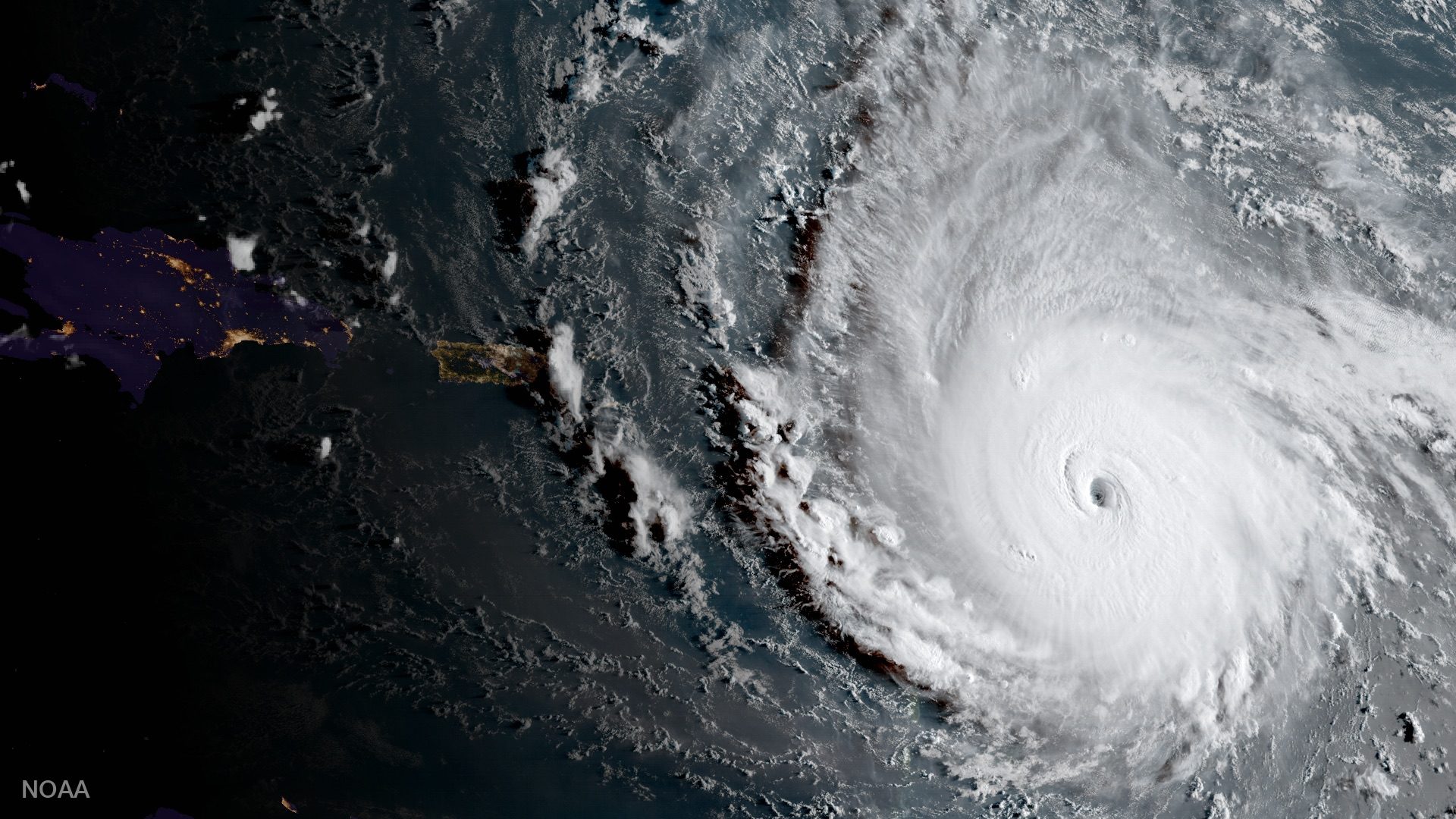

This geocolor image from GOES-16 shows Hurricane Katia (l) Hurricane Irma (m) and Hurricane Jose (r) in the Atlantic Ocean on September 7, 2017.
The most-advanced weather satellite ever developed by the U.S. National Oceanic and Atmospheric Administration has given scientists and the general public an unprecedented birds-eye-view of the major hurricanes hitting the United States in recent weeks.
Launched in November 2016, the GOES-16 is NOAA’s next-generation weather satellite equipped with Advanced Baseline Imager (ABI) instrument that provides four times greater resolution than NOAA’s existing GOES imagers.
Now in its testing phase, GOES-16 will be declared fully operational in November and will be moved to the GOES-East position approximately 22,000 miles above the earth.
But even though the new satellite is still in its test phase, GOES-16 has already been sending back some incredible images, like the one below taken January 15, 2017. The image was actually part of the first set of images taken by the GOES-16 satellite and released by NOAA in January.


In May, when NOAA forecasters began predicting an above-average Atlantic Hurricane Season in 2017, officials made the decision to move the GOES-16 into its east orbit so it could observe the entire continental United States and monitor areas most vulnerable to major weather events like hurricanes, floods, and tornadoes.
The decision paid off when Hurricanes Harvey and Irma, two record-setting storms, set their sights on the United States.
Below is a picture captured by the GOES-16 satellite on August 25, 2017 at 23:00 UTC showing Hurricane Harvey as it reaches peak intensity of Category 4 with maximum sustained winds of 130 mph.
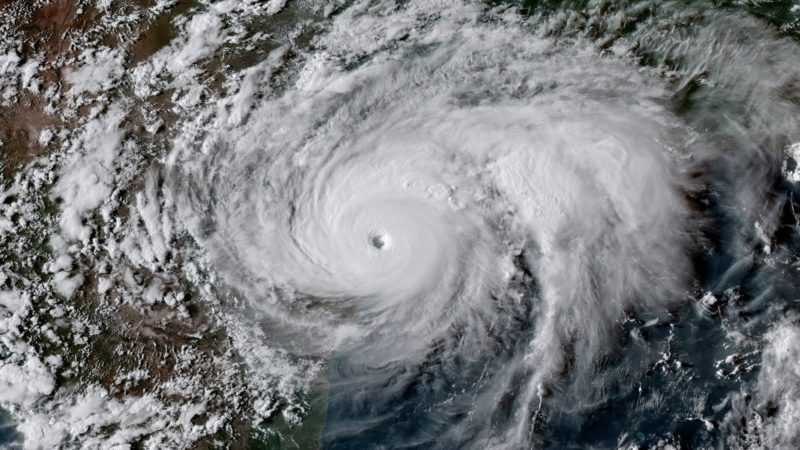

Not only are the images impressive, but the 30-second visible images have been equally as stunning. The video below shows the eye of Hurricane Harvey as it approaches the coast of Texas on August 25, 2017.
The next images were captured by GOES 16 as Hurricane Irma strengthened to Category 5 strength over the Atlantic Ocean.
NOAA worked with its partners at the Cooperative Institute for Research in the Atmosphere to experiment with geocolor image enhancements that use geostationary satellite data in different ways depending on whether it is day or night.
During nighttime, liquid water clouds appear in shades of blue, ice clouds are grayish-white, water looks black, and land appears gray. During daytime, land and shallow-water features appear as they do in true-color imagery.
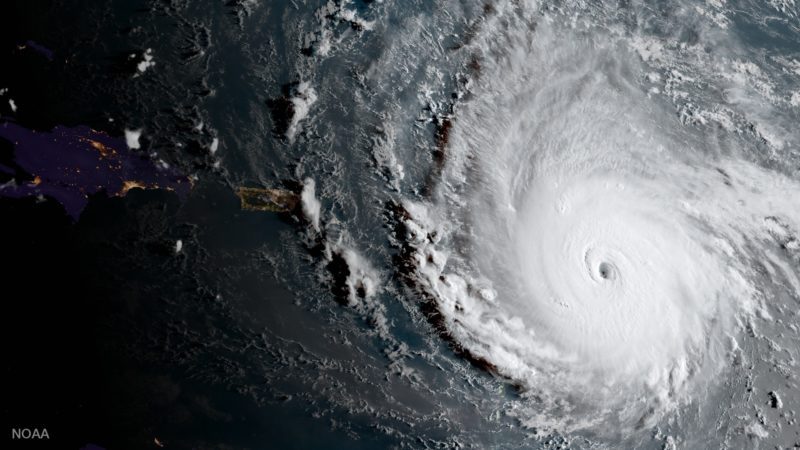

The image below was captured during sunrise over the Caribbean on September 8, with nighttime features on the far left side of the image and daytime in the rest.
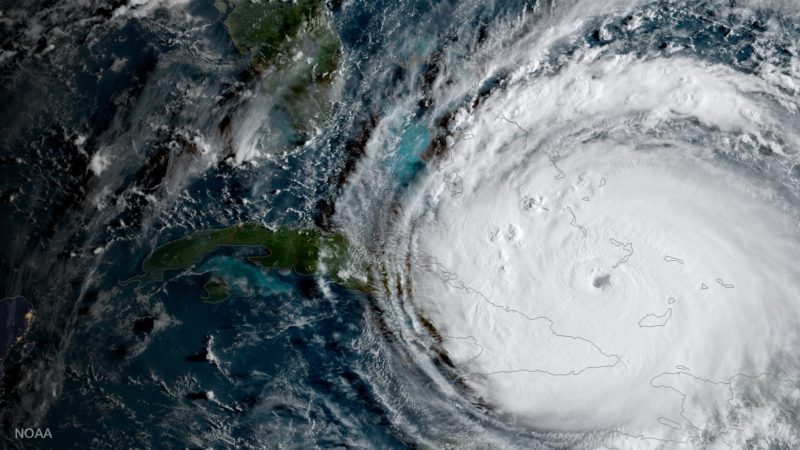

Below is another example showing daytime (left) and nighttime.
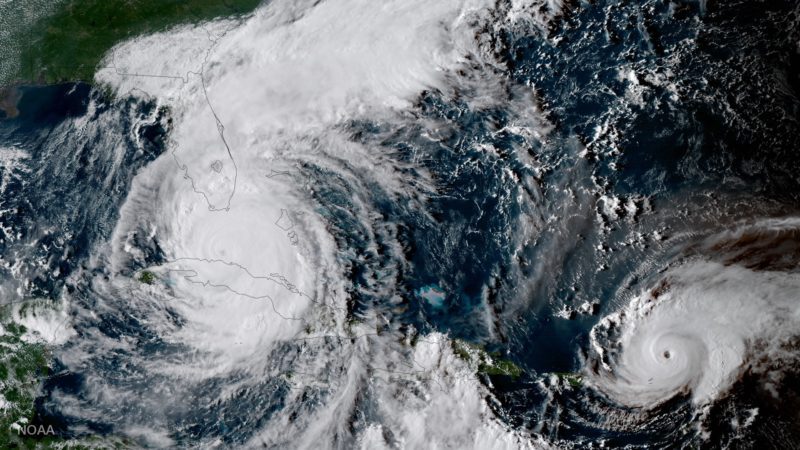

GOES-16 is also equipped with a Geostationary Lightning Mapper (or GLM), marking the first time that this sort of instrument has put into geostationary orbit.
Below is the lightning from storms associated with Hurricane Irma over a period of more than 80 hours beginning at noon on September 4, 2017, to 9:30 pm (eastern) on September 9. NOAA noted that hurricanes don’t often exhibit a great deal of lightning, particularly around the eye, due their winds. Irma of course is an exception.
Here’s where things get really interesting.
The 30-second visible imagery from GOES-16 below offers a close-up on Hurricane Irma on September 7, 2017.
One of the more striking differences between the GOES-16 and GOES-13 imagers is represented by the video below:
One more look at the eye, this time a 60-second visible image taken over an approximately 6.5-hour period beginning at about 9:00 am (eastern) to 3:30 pm today, September 5, 2017.
GOES-16 captured the geocolor image below of Hurricane Irma making a second landfall near Marco Island, Florida, on the afternoon of September 10, 2017. After making landfall at Cudjoe Key at 9:10 am EDT, Irma made a second landfall on Marco Island at 3:35 p.m.
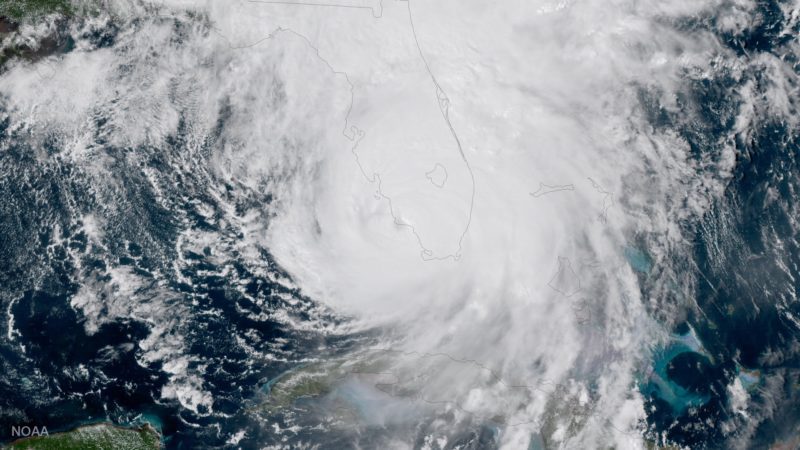

Not only does GOES-16 capture weather data, but it is also equipped with a Solar Ultraviolet Imager (SUVI). The instrument captured the large solar flare seen below on September 10, 2017:
Now if all these images are considered just tests, we can’t wait to see what NOAA’s GOES-16 satellite has in store for us once it becomes fully operational. But until then, here are some more GOES-16 satellite resources for you to check out.
Join the gCaptain Club for curated content, insider opinions, and vibrant community discussions.


Join the 105,979 members that receive our newsletter.
Have a news tip? Let us know.
Access exclusive insights, engage in vibrant discussions, and gain perspectives from our CEO.
Sign Up




Maritime and offshore news trusted by our 105,979 members delivered daily straight to your inbox.



Essential news coupled with the finest maritime content sourced from across the globe.
Sign Up